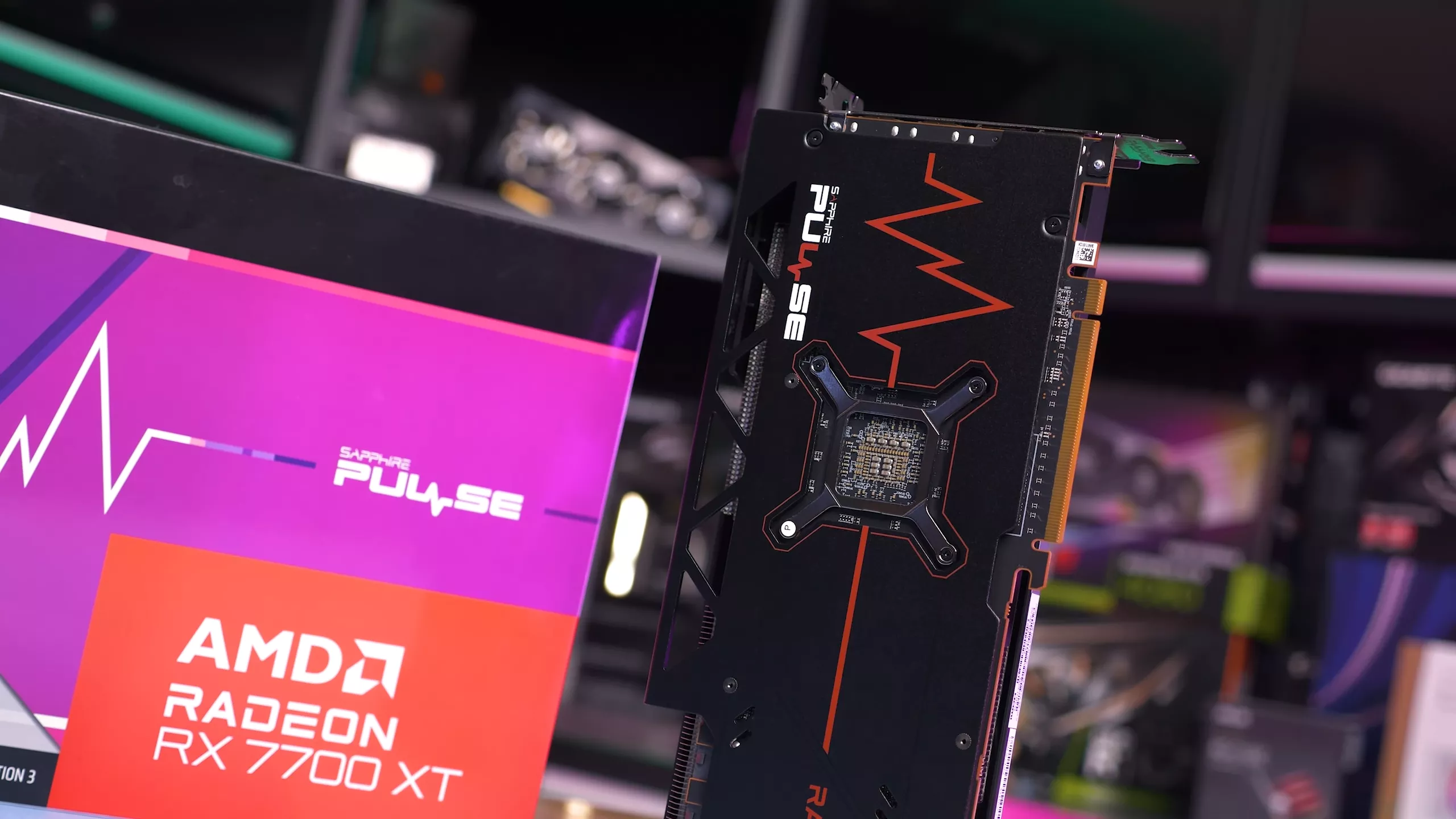What just happened? AMD has been keeping a relatively low profile lately when it comes to consumer graphics cards, instead directing its energy toward the more profitable, booming data center market. The company’s latest offering aimed at this industry is the Radeon Pro V710 – an enterprise-grade GPU designed specifically for cloud computing workloads such as Desktop-as-a-Service, Workstation-as-a-Service, cloud gaming, and AI/machine learning applications.
What makes the V710 particularly intriguing is that it will be an Azure cloud exclusive, at least initially. Microsoft’s cloud customers will be able to provision between one-sixth and a full instance of this GPU, with up to 24GB of its beefy 28GB GDDR6 video memory at their disposal.
Under the hood, the V710 is powered by AMD’s RDNA 3 architecture and the same Navi 32 GPU that drives the Radeon RX 7700 XT gaming graphics card. It packs 54 compute units, with AMD saying it boasts “outstanding ray tracing performance relative to AMD RDNA 2.”
However, some key differences set it apart from its gaming counterpart. The V710’s GDDR6 memory has been supercharged from 12GB to 28GB, with memory bandwidth climbing to a stout 448 GB/s. And to suit the thermal constraints of data center environments, it also has a lower 500MHz GPU clock speed and a reduced 158W TDP.
As for video encoding/decoding capabilities, the card covers all the modern codecs like AV1, HEVC, and AVC for smooth cloud gaming streams. AMD has also baked in dedicated AI accelerators and support for its open-source ROCm software stack to accelerate machine learning workloads.
Interestingly, the Pro V710 comes in a compact single-slot form factor and is passively cooled. It’s clearly not intended for regular desktop PCs either – you won’t be able to buy this one at retail since it’s an Azure data centers-only product. It will be integrated within instances of the NV v710 v5, which is powered by the AMD Epyc 9374F processor.
AMD has made no secret of its increasing focus on the data center market over consumer graphics in recent times. The strategy also includes the company shifting away from top-of-the-line GPUs to churn out more mainstream offerings, leaving the upper echelon to Nvidia instead. The company has even floated the idea of unifying its Radeon gaming and Pro lineups where it makes sense going forward.








